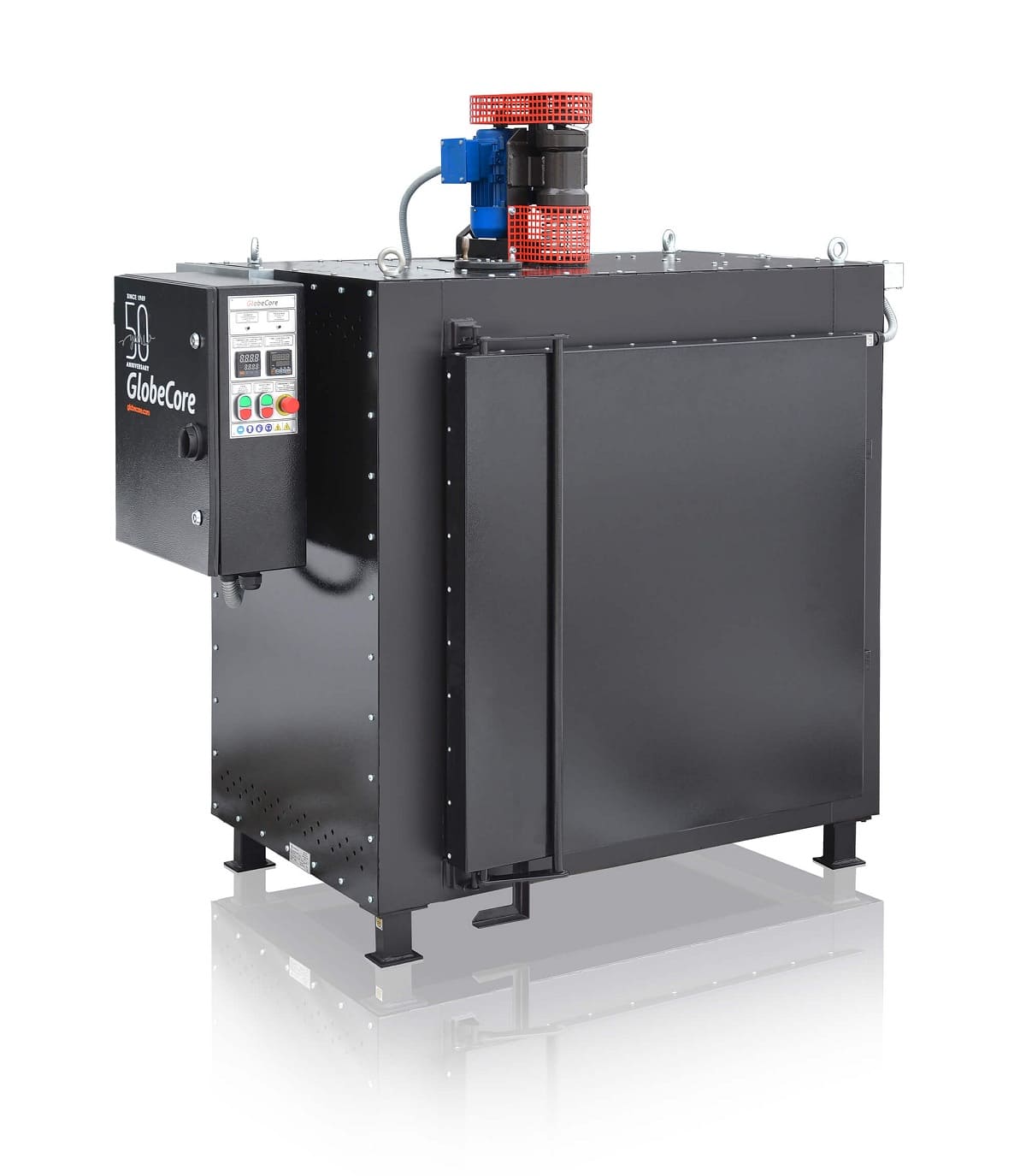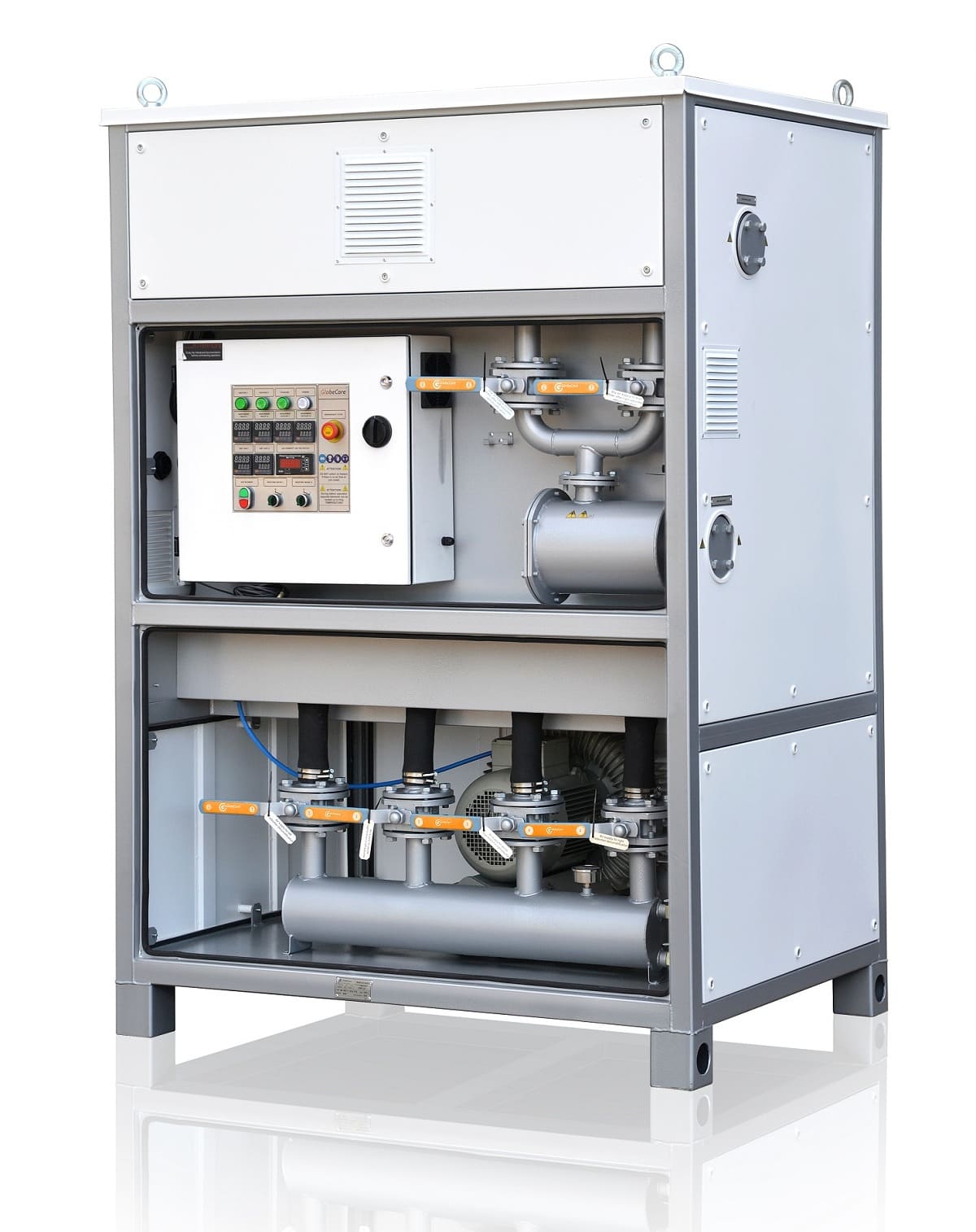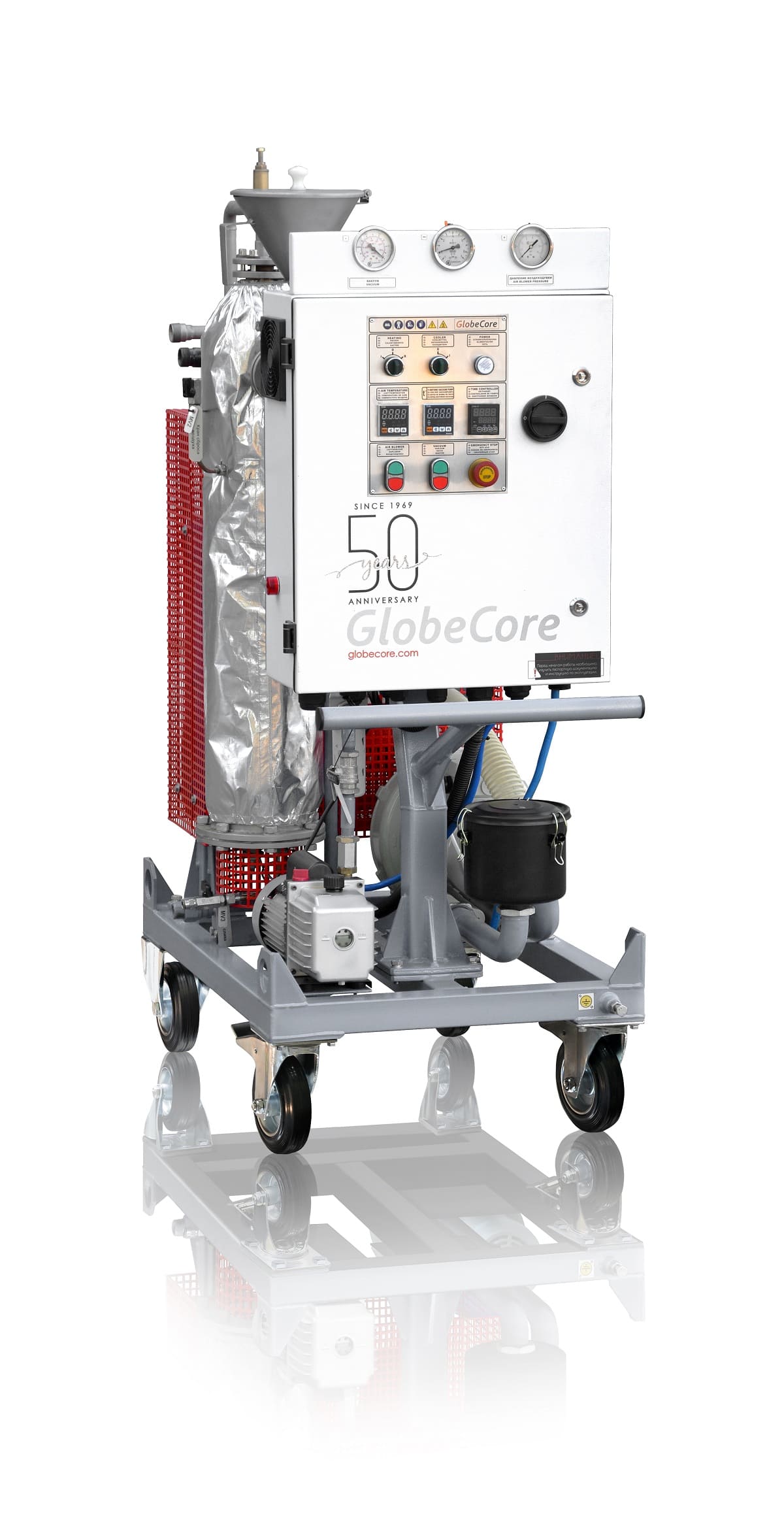What factors determine the Air Drying System Capacity required for different transformer sizes and types?
- This topic has 1 reply, 2 voices, and was last updated 1 year, 1 month ago by .
Answers
-
October 7, 2024 at 7:37 am by 石川 浩
Several factors determine the Air Drying System Capacity required for different transformer sizes and types. The primary factor is the volume of transformer oil that needs to be dried, as larger transformers contain more oil, necessitating a higher-capacity drying system to efficiently remove moisture within a reasonable timeframe. Moisture Content is another critical factor; transformers with higher initial moisture levels require more robust drying systems to achieve the desired dryness. Additionally, the transformer type and its specific cooling and insulation requirements influence the capacity needed, as certain types may generate more heat or have different moisture sensitivities. Operational Speed also plays a role; facilities that require rapid drying processes will need higher-capacity systems to meet tight maintenance schedules. Environmental Conditions within the maintenance facility, such as ambient temperature and humidity, can affect drying efficiency and thus influence the capacity requirements. Lastly, the air flow rate and the efficiency of the drying components (like heaters and fans) are essential considerations, as more efficient systems can achieve higher drying capacities without necessarily increasing the physical size of the equipment. By evaluating these factors, maintenance teams can select an Air Drying System with the appropriate capacity to ensure effective and timely drying of transformers.



